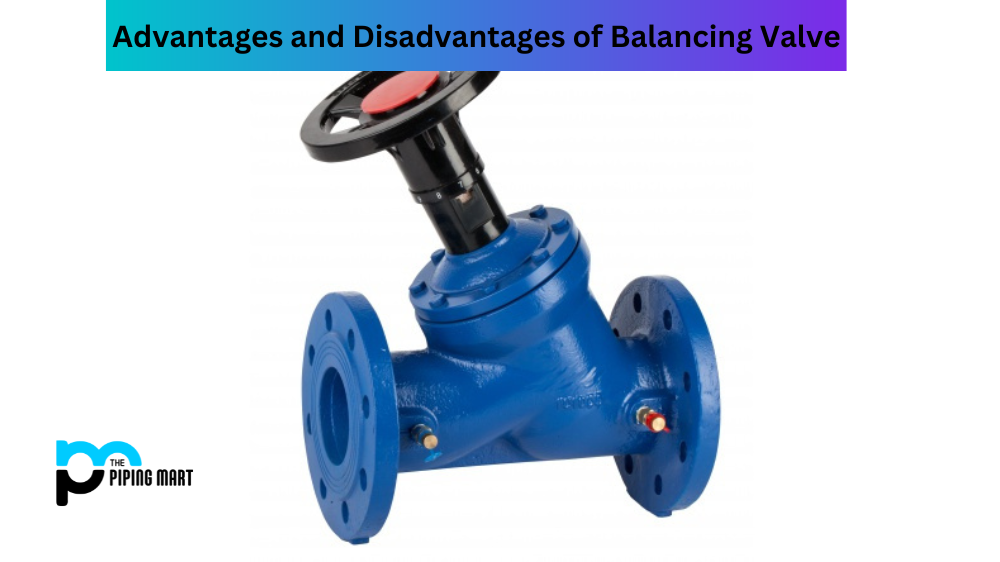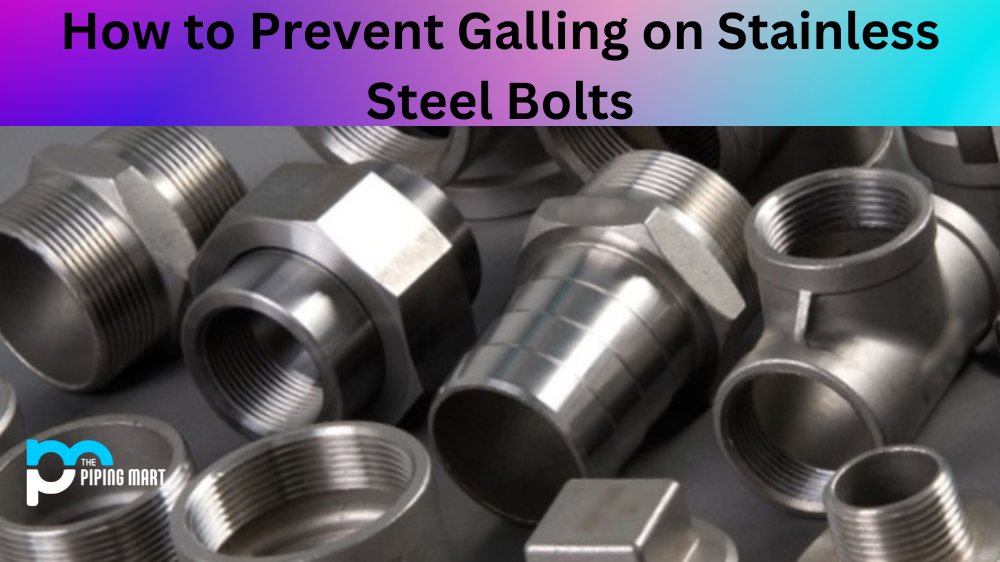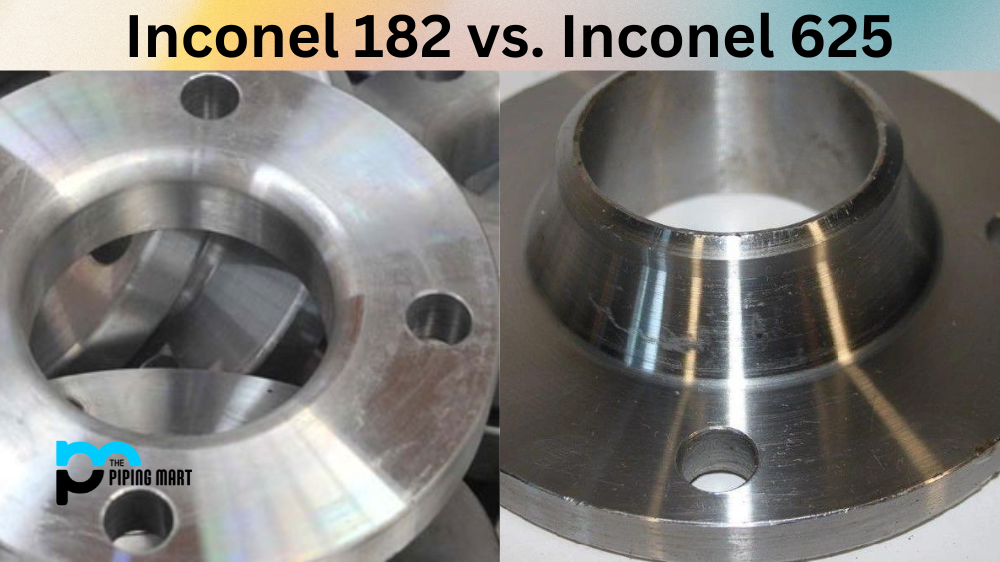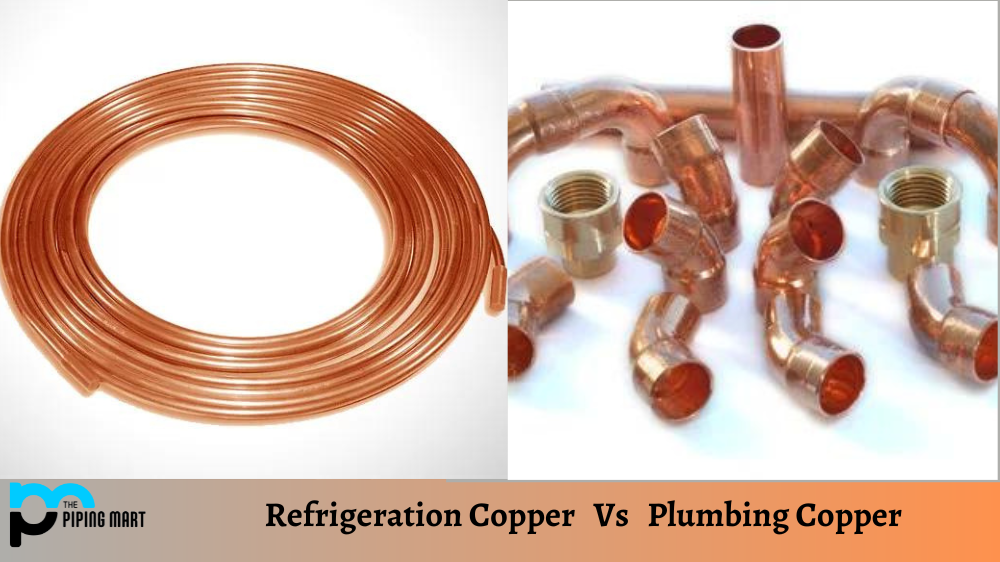To ensure smooth and efficient HVAC systems, it is crucial to have a closed-loop system equipped with balancing valves. Balancing valves are installed in commercial buildings, residential homes, and industrial plants to regulate flow and pressure, but like anything in this world, they come with both benefits and drawbacks. In this blog, we’ll dive deep into the advantages and disadvantages of balancing valves, so you can make an informed decision and understand how they can impact your system.
Balancing Valves
A balancing valve is a device used to regulate the flow of liquid or gas in a system. Adjusting the size of its opening facilitates precise control and even distribution of fluid pressure within the system, optimizing its performance. Balancing valves are an important component in many industrial and domestic applications. Following are some advantages and disadvantages of Balancing Valve:
Advantages of Balancing Valves
Energy Efficiency
Balancing valves regulate the water flow in the HVAC system so that each area gets adequate heating/cooling. Properly balanced valves can reduce energy consumption by preventing over-heating or over-cooling and therefore leads to savings in energy consumption costs.
Reduced Noise
High pressure produces excessive and unpleasant noise when the HVAC system isn’t balanced. Balancing valves prevent this by regulating water flow and pressure to the system components, reducing noise.
The Lifespan of Equipment
Balancing valves can prolong the life cycle of the HVAC components, such as pumps, reducers, and coils, by ensuring they receive the optimal amount of water flow and pressure.
Enhanced Comfort
Balancing valves provide individual temperature control, ultimately increasing its users’ comfort level. Regulating water flow to each area creates a balanced and stable environment ideal for any commercial building.
Disadvantages of Balancing Valves
Installation Costs
The cost of installation of balancing valves exists, and it varies depending on the location, size of the system, and type of valve.
Regular Maintenance
To remain effective, balancing valves require regular inspection and maintenance from experienced engineers, which can be an additional expense.
Pressure Drops
Balancing valves are pressure-dependent, and any changes in the system pressure can impact their performance. This means they should be regularly tested to ensure they work effectively.
Limited Control
Balancing valves are only able to regulate water flow and pressure. They cannot adjust the temperatures in the system, which is the functionality of temperature control valves.
Conclusion:
Balancing valves are essential to an efficient HVAC system in commercial buildings or industrial plants. Although they come with some costs and challenges, balancing valves’ advantages outweigh their disadvantages. Their installation can significantly reduce energy consumption, prolong HVAC components’ lifespan, provide individual temperature control, and reduce system noise. However, it’s important to remember that balancing valves require regular maintenance and may be limited in their control. When balanced correctly and routinely maintained and tested, balancing valves provide comfort and stability to any HVAC system.

Abhishek is a seasoned blogger and industry expert, sharing his insights and knowledge on various topics. With his research, Abhishek offers valuable insights and tips for professionals and enthusiasts. Follow him for expert advice on the latest trends and developments in the metal industry.




